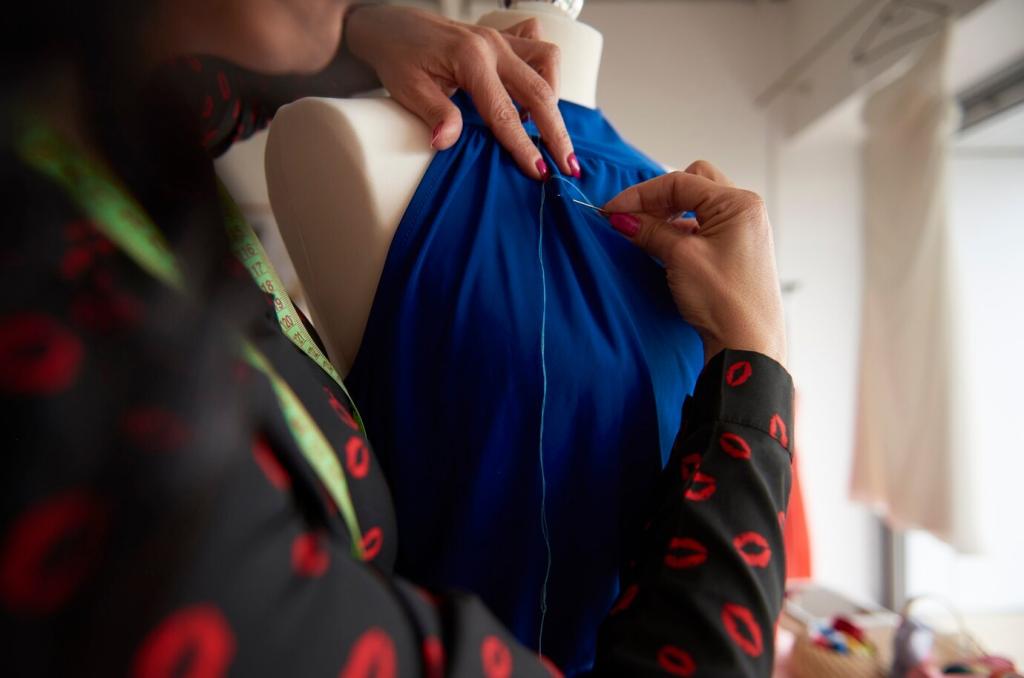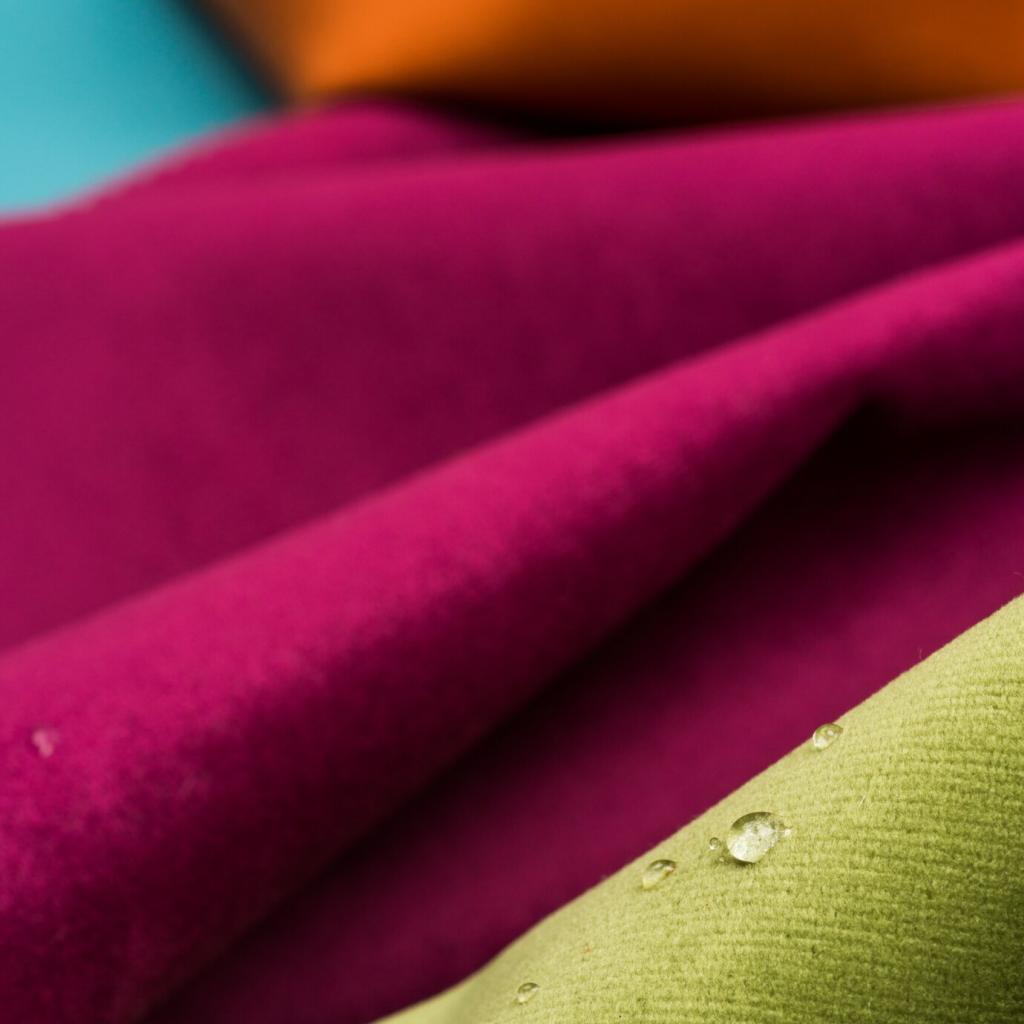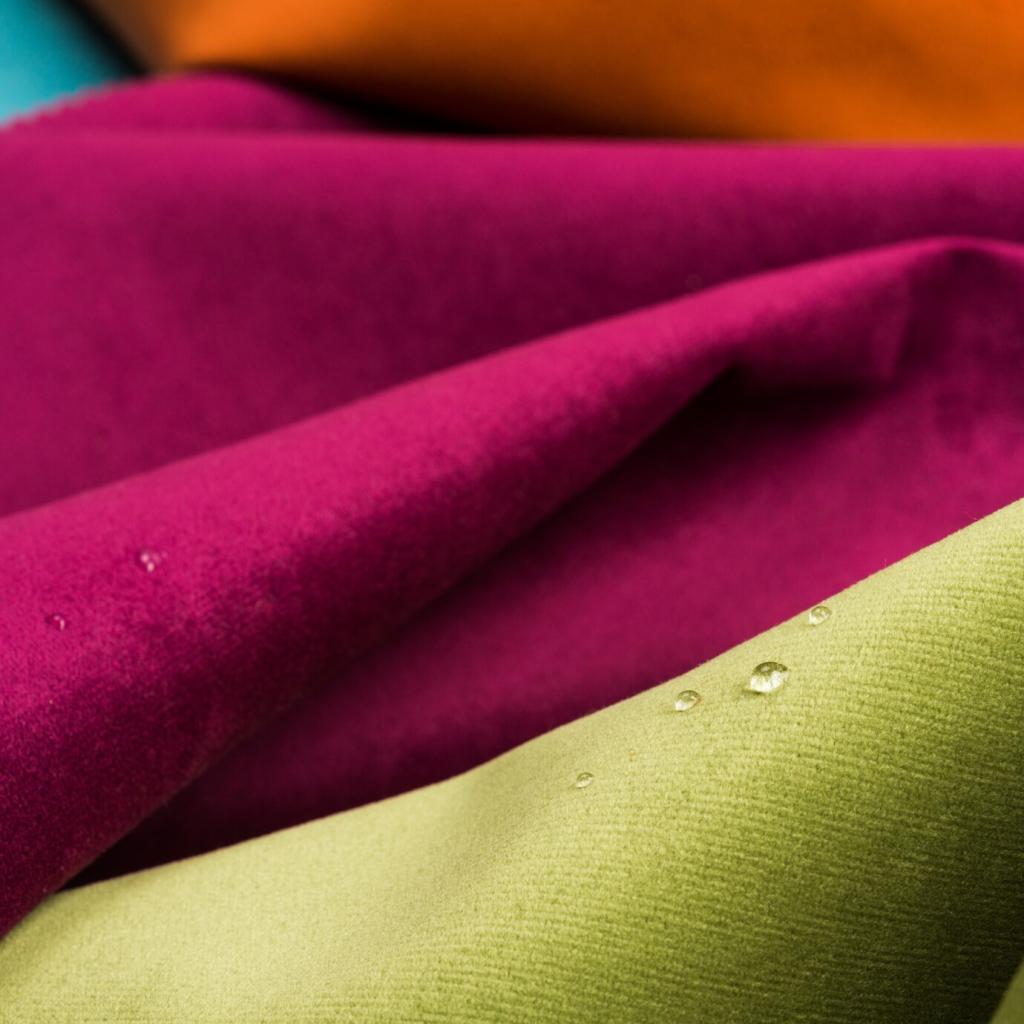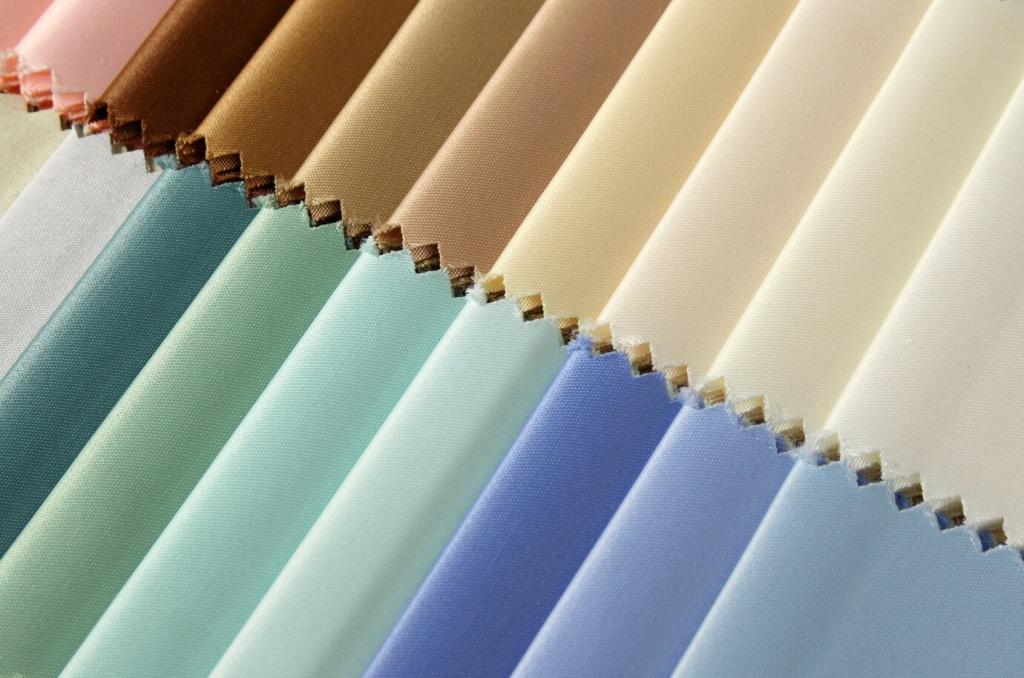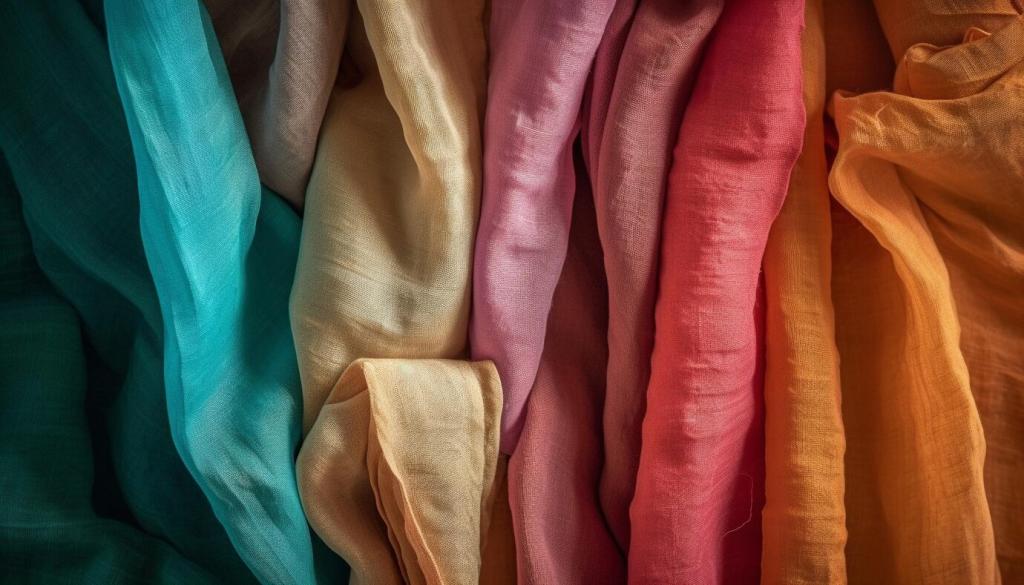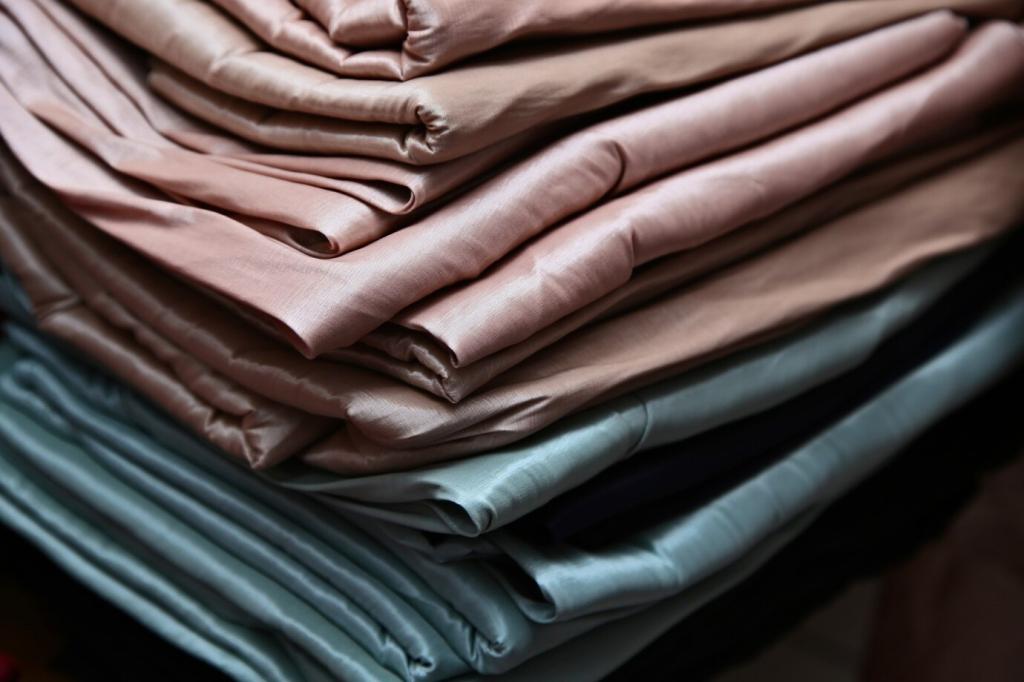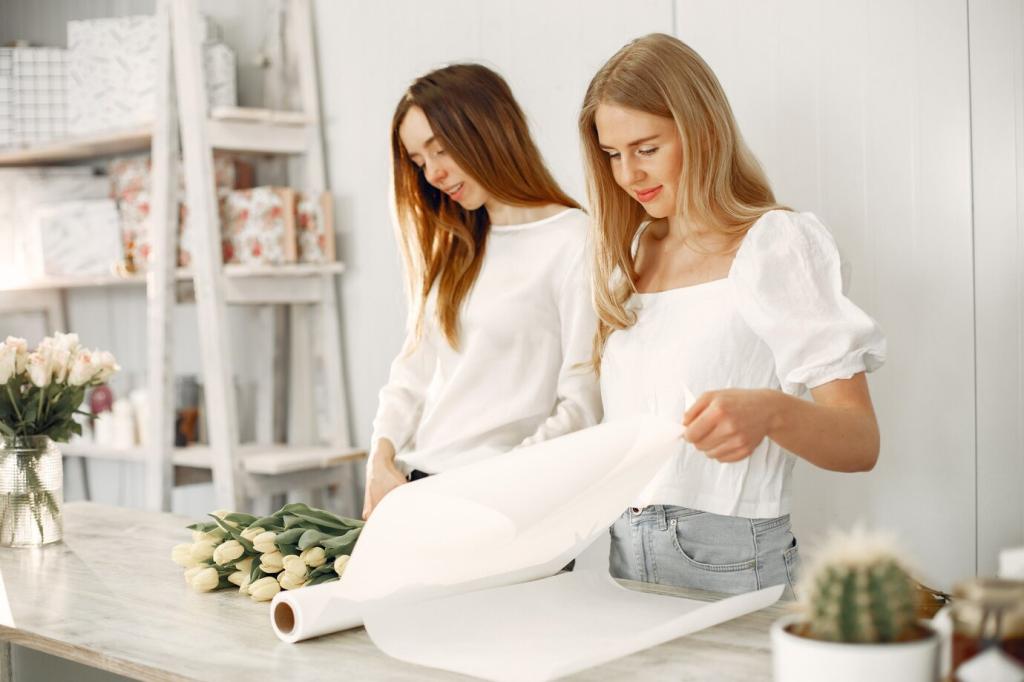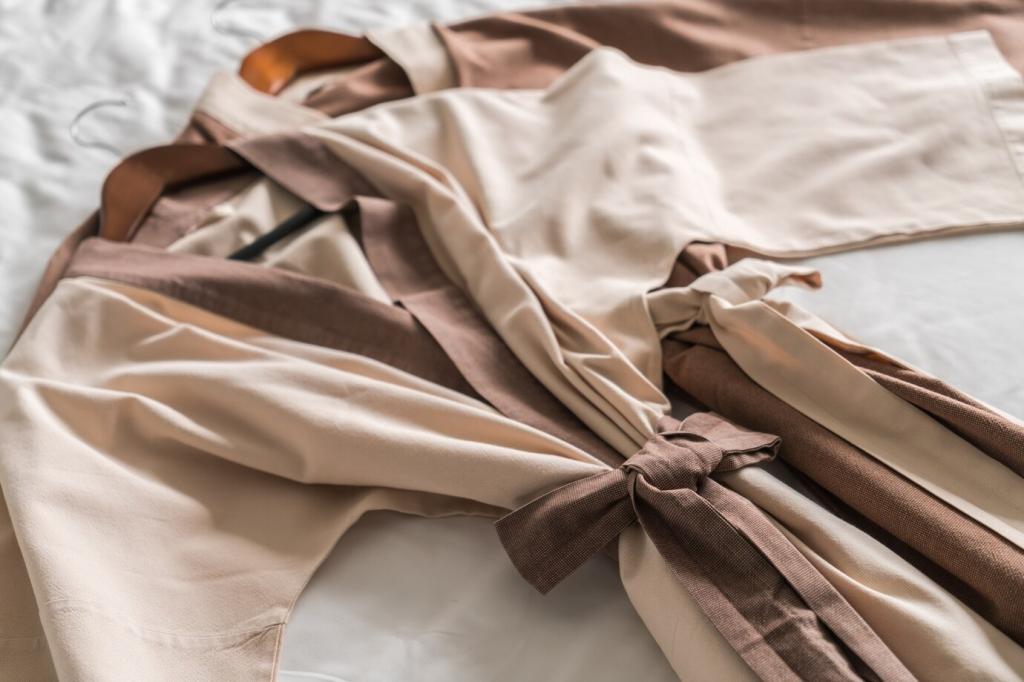Touch, Moisture, and Skin Feel
Silk pillowcases minimize friction that can tug at hair and skin, which some users say helps reduce morning creases and frizz. Cotton’s slight texture feels familiar but may catch delicate strands. If your skin gets irritated by rougher weaves, silk’s smooth surface can feel soothing during longer, deeper sleep cycles.
Touch, Moisture, and Skin Feel
Pre-washed linen is airy and toothy, massaging the skin lightly as you move; some adore the texture, others find it scratchy. Bamboo viscose often feels cool initially due to rapid moisture transfer. Silk occupies a plush middle ground—less crisp than linen, less slick than bamboo—offering steady comfort throughout the night.

